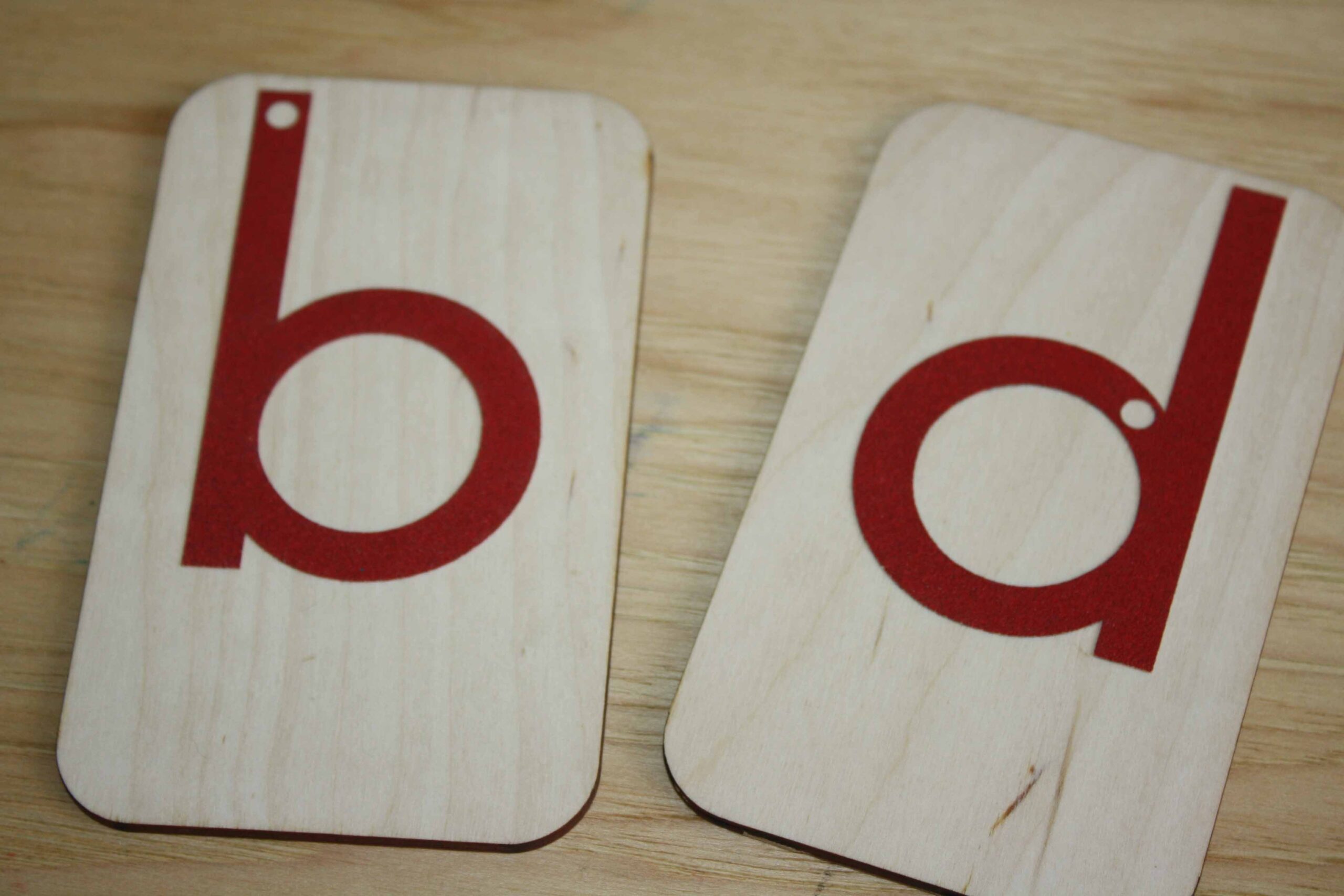This blog post is brought to you by the lowercase letters b and d. They look so similar that you can see where confusion occurs for beginning readers and writers. Letter reversals are frequently seen in the writings of K-2nd grade students whose orthographic representation of each letter is not fully developed. Students who have not properly stored the information in their brain will also manifest the issue when they are reading and come to words that contain the letters b and d. Many parents of younger students have asked me if their child has dyslexia because they reverse letters. I always refer them to this source after I have explained that it is a fairly common occurrence. The trick is to ensure that it is a temporary phenomenon and doesn’t become a bad habit. As a teacher, parent, or friend of the universe, there are things that you can do to help students develop a rapid and accurate recognition of these initially, similar looking letters during your structured literacy instruction.
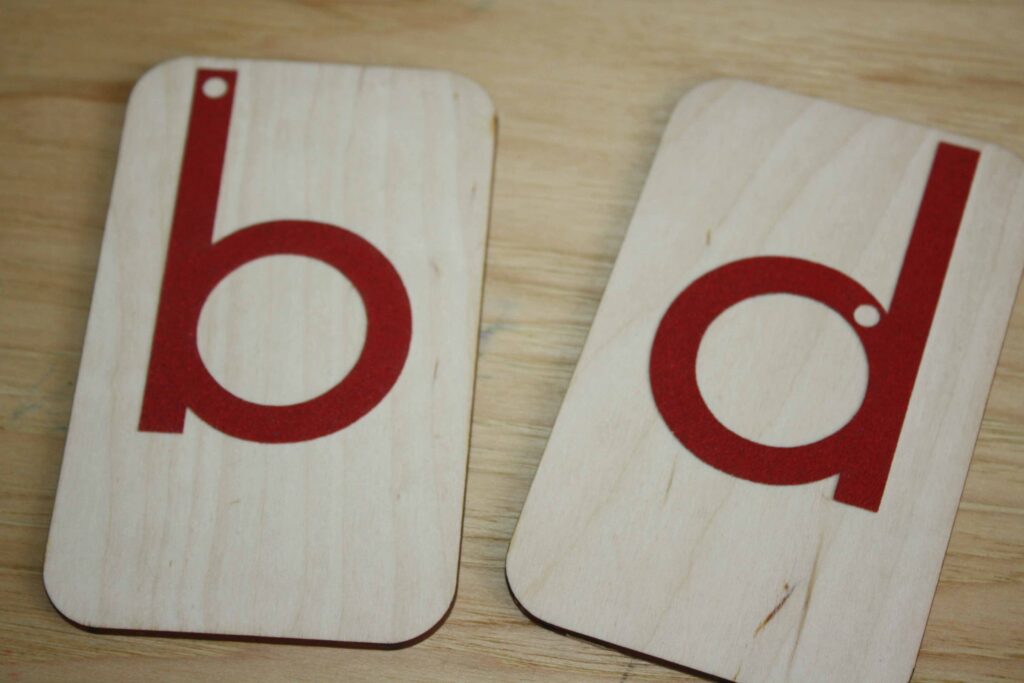
Focus on one letter at a time.
In fact, over-teach one letter before introducing a letter that is similar. One important thing to note is letter formation. Consistently emphasize the proper way to form each letter—ALWAYS. For example, the lowercase letter b ALWAYS starts with a line. The lowercase letter d ALWAYS starts with a circle. It is common for students to draw the line first and then think about where to draw the circle. Break this habit early by constantly reinforcing proper formation.
Teach the mouth formation for each letter sound.
For example, when you say the sound the letter b represents (/b/) your lips are together (in a line like you see at the beginning of the letter b). When you say the sound of letter d (/d/) your lips are open and your tongue is on the roof of your mouth. Use a mirror so students can see their own adorable faces forming the correct sounds associated with each letter.
Use multi-sensory activities.
Some beginning readers and writers struggle with the fine motor skills necessary to form letters correctly. Begin by focusing on the proper formation of each letter by first using large motor skills. Activities such as drawing a large version of each letter on a chalkboard or whiteboard, forming the letters in finger paint (pudding is fun too) or shaving cream on a desk (bonus: the desk gets clean and your classroom smells freshly shaven), and forming letters on a buddy’s back and having them guess the letter, are fun and simple ways to practice. ALWAYS have the students say the sound of each letter as they are forming it. Keep reading for instructions for one activity that I have found to help students distinguish between b’s and d.
Focus on Automaticity.
Once they have shown mastery in correctly writing each letter and producing the sound that each letter represents, focus on automaticity. A timed letter sort is a fun way to help practice automatic recognition. Print multiple copies of the same letters in various fonts so students can apply their knowledge with any text. Then use words that are similar. An example list for words that you could use for a b and d sort would include the words big and dig, dug and bug, brag and drag, bog and dog, and dad and bad.
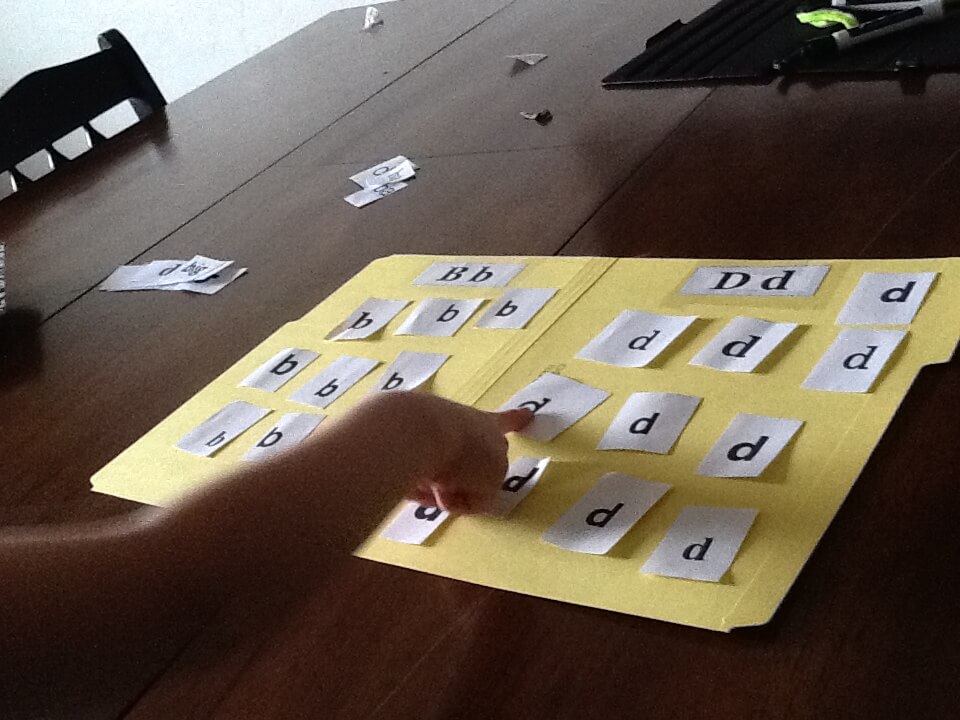
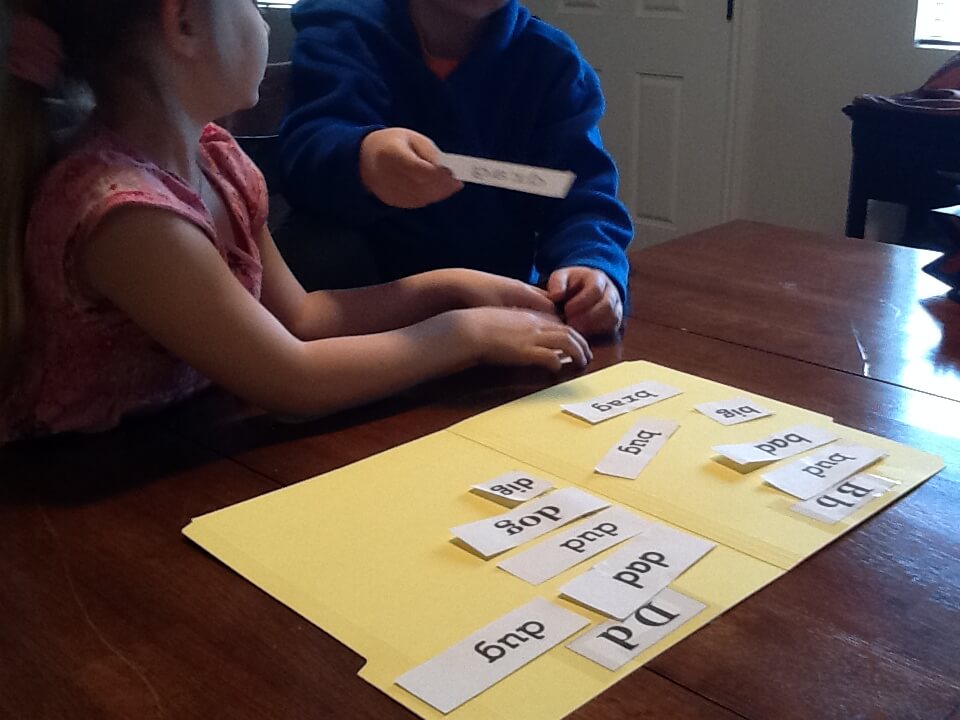
A cloze activity using words that start with the letters in focus would provide students with more opportunities to apply their newly acquired skill. Timing the activity would help to increase fluency in spelling words that contain the letters that you are focusing on with your student. Here is one activity that I have found to be helpful in clearing up some of the confusion for students. For this activity, I used one bar from a Twix © candy bar and a mini-sized chocolate donut. It would be ideal if you can find these (since Butterfinger © starts with b). The idea is to emphasize that the letter b starts with a bar (as in candy bar) and the letter d starts with a round shape like a donut.
I always have the student draw the letter and say, “b, /b/” as they are writing the b or “d, /d/ as they are writing the d. It is also helpful to point out that when we read, we read from left to right. In doing so, when you come to a letter that could be a b or a d, the student could look to see what comes first, the bar or the donut to help give them a visual clue as to what the letter is. (Disclaimer: Be aware of food allergies and give students extra P.E. time to run off the calories if you choose to let your students consume the treats involved in the lesson. Also, you will have to weigh (pun intended) the consequences of promoting unhealthy eating over automatic letter recognition). Here are some pictures of a 2nd grade student (who has been very persistent in his quest to correctly recognize b and d) teaching his 1st grade sister “the trick.
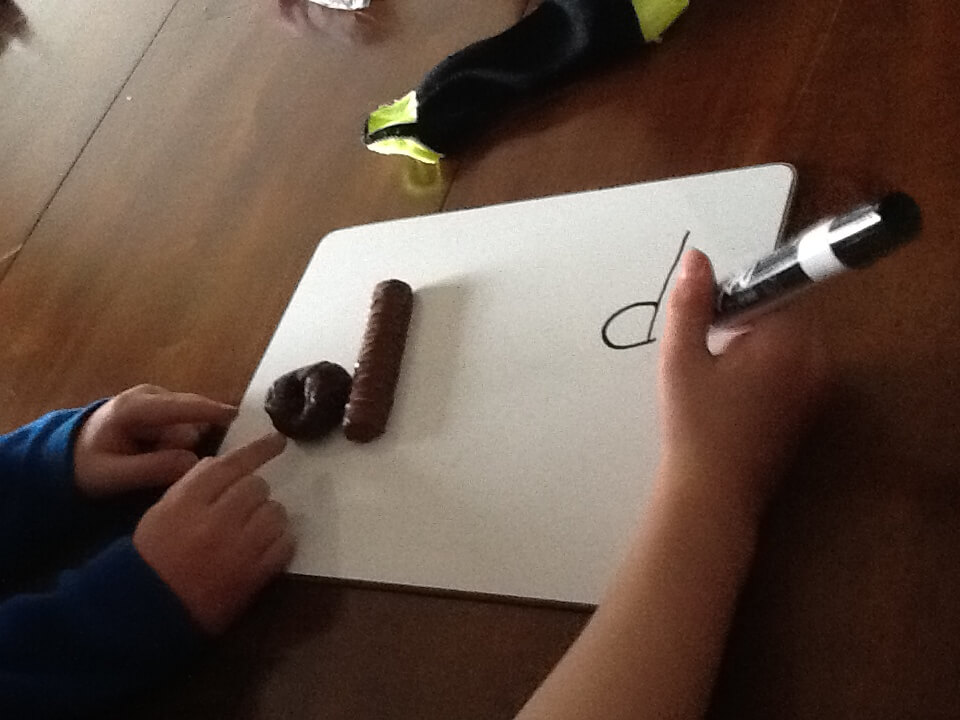
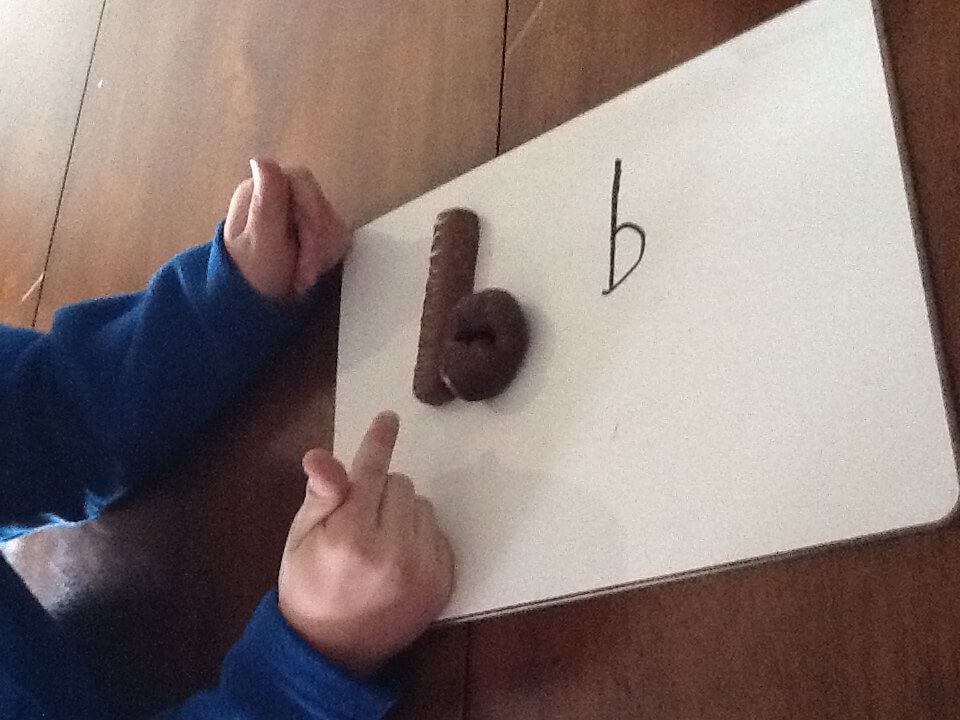
Do you know a “trick” that you have found successful when helping students recognize the difference between the letters b and d? If you do, would you “share it maybe“.
